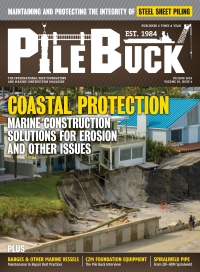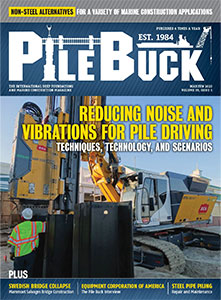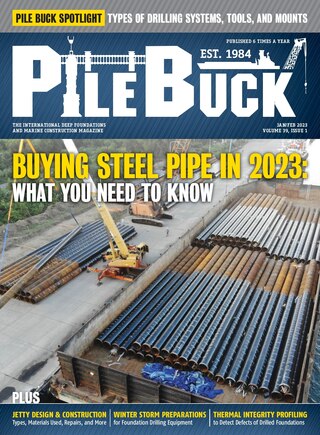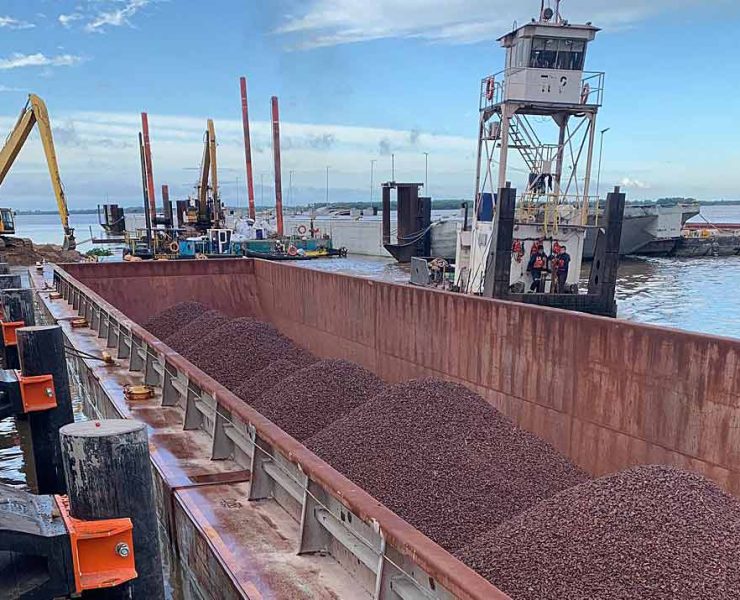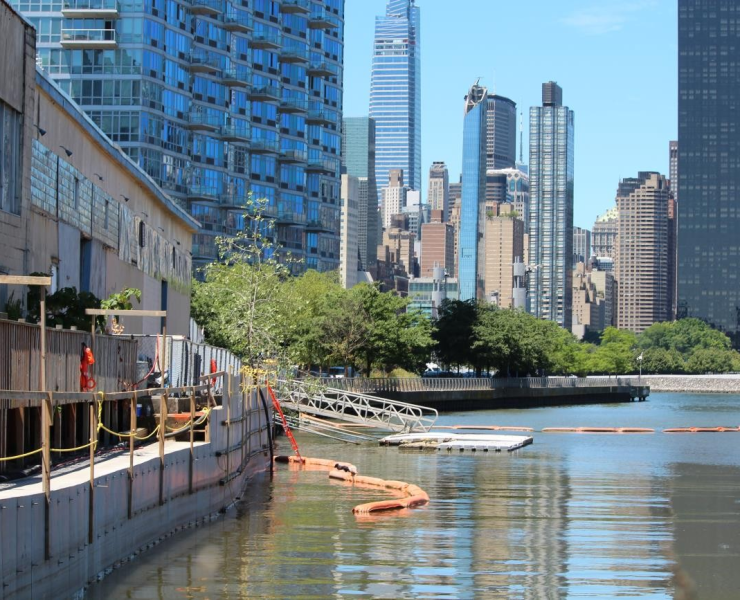The Panama Canal Extension
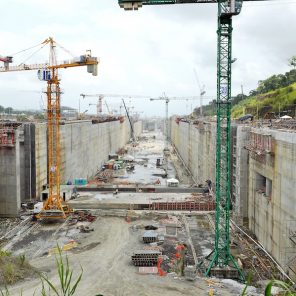
Click here to view the complete article.
What you need to know.
The Panama Canal was first opened in 1914, as a bridge between the Atlantic and Pacific oceans. By allowing ships to skip the long, treacherous trip rounding Cape Horn, it cut shipping times down exponentially. But a century later, much has changed in both shipping, and canal construction. As it was originally built, the canal isn’t big enough to take many of today’s vessels. To stay viable amid tight competition from quicker and cheaper alternative routes, the canal has been undergoing a major upgrade since 2007. The Panama Canal Expansion project will take eight years and cost $5.2 billion, before it is completed by the end of 2015. It will open to commercial transit in 2016. As of September 2014 it is 79% complete.
The project aims to improve the canal in a number of ways. The navigation channels will be dredged on both the Atlantic and Pacific sides, as will the ones in Culebra Cut and Gatun Lake. This will enable the canal to accommodate vessels with deeper drafts than it can presently take. New, larger Post- Panamax locks will be built on both entrances to the canal. These are the so-called “Third Set of Locks”. A completely new channel will be excavated on the Pacific side, north of the Third Set of Locks, which will connect the new locks to Culebra Cut and Gatun Lake. And finally the canal’s water supply and draft dependability is going to be increased.
For the expansion of the navigation channels, the Belgian company Jan de Nul n.v. completed the dredging of the nearly fourteen kilometer area on the Atlantic side in April 2013, after beginning the process in September 2009. Using several dredges simultaneously (including the hopper dredge Fillipo Bruneleschi and two cutter-suction dredges), the existing entrance was widened from 198 meters to 225 meters. In the process nearly eighteen million cubic meters of material was dredged and excavated.
On the opposite side of the canal, another Belgian company, Dredging International worked from 2008 to 2012 to widen the navigation channel on the Pacific side to a minimum of 225 meters. A number of dredges, among them the Vlaanderen XIX, Lange Wapper and D’Artagnan removed 8.6 million cubic meters of material.
A new Pacific Access Channel is one of the big new additions to the Panama Canal. Once finished, this 6.1 kilometer channel will link the Third Set of Locks to Culebra Cut. But before work on the channel could get underway, a cofferdam was needed to separate the Miraflores Lake from the construction area. In a joint venture, Richard Goettle, Inc. and Ingeniería Continental, S.A. (ICONSA) of Panama, were made subcontractor for the construction of the cofferdam needed for construction and excavation of the Borinquen Dam. The resulting cofferdam consists of 58 circular cells and their respective connecting arcs. For these fabricated connectors, L. B. Foster provided important technical consulting regarding their strength requirements. Ultimately, PilePro® SWC Weld-On and WOM Connectors were used. For the pile driving equipment, Goettle was supplied by Hammer and Steel with a 4,400 inch lb vibratory hammer, which drove the PS-31 sheets to a subsurface hard layer. When they got deeper, they switched to using a 5 Dawson HPH 1800 double acting hydraulic impact hammers. According to Hammer and Steel’s website, this was then “fitted with specific flat sheet inserts to accommodate the centering of the hammers over the interlocks, and specially designed spreader plates that afforded maximum coverage over the sheets, would best accommodate Goettle’s requirements. Stiff clays and dense granular material are ideal driving conditions for the Dawson impact hammers, especially where vibratory hammers meet significant resistance”.
The subcontractors had only thirty-seven weeks to complete the cofferdam by the project’s required deadline. The joint-venture employed around 120 workers, working eighteen hours per day, seven days a week in two shifts. Despite challenges from Panama’s violent weather in its rainy season, the multiple crews were able to cut and install the sheet pile needed.
The dredging of Gatun Lake and Culebra Cut was also a major endeavor. In order to deepen and widen the navigation channel for the Lake, thirty million cubic meters of material had to be removed. Explosives were placed in holes that had been drilled in the lake bottom. Again, this was done by Jan de Nul n.v. and Dredging International, using mostly the Canal Dredging Division’s personnel and equipment and with the aid of the Boskalis-owned dredge Cornelius. They completed their work by the end of 2012, but there is still dredging to be completed in Gamboa, Mamey and Juan Grande. So far 11.7 million cubic meters of material has been removed with the hydraulic dredge Mindi, the mechanical dredge Rialto Milhouse Christensen (RMC) and others. In addition to improving the navigation channels, work has also been done to improve the canal’s water supply. The maximum operating level of the lake has been raised from 26. 7 to 27.1 meters, which means increasing the water storage capacity by nearly 200 million cubic meters. To fill this larger capacity, all fourteen existing spillway gates were opened, along with two new ones.
The biggest component of the Expansion Project is the design and construction of the Third Set of Locks. The consortium Grupo Unidos por El Canal, made up of Spain’s Sacyr Vallehermoso, Italy’s Imprgilo SpA, Panama’s Constructora Urbana, and Jan de Nul n.v, won the $3.2 billion contract in 2009. Two sets of locks will be built on both sides of the canal. Work on design and construction was done around the world, including Cimoloi S.p.A making the sixteen gates, and Hyundai Samho Heavy Industries manufacturing the bulkheads, valves and trash racks in South Korea. By the time the project is completed, the pair of new locks will each have three chambers, nine water-saving basins, a lateral filling and emptying system, and eight rolling gates per lock as a redundant system. The new locks will be much more efficient and easier to service than the current ones. Their watersaving basins will require 7% less water than the current system, and will reuse 60% of the water needed for each transit. How is this done? Whereas the current filling and emptying system of the locks works through a series of ports on the chamber floor, the Third Set of Locks will use a lateral system with ports on the chamber walls. This means that filling each chamber will take only ten minutes when the water-saving basins aren’t being used, and seventeen when they are.









